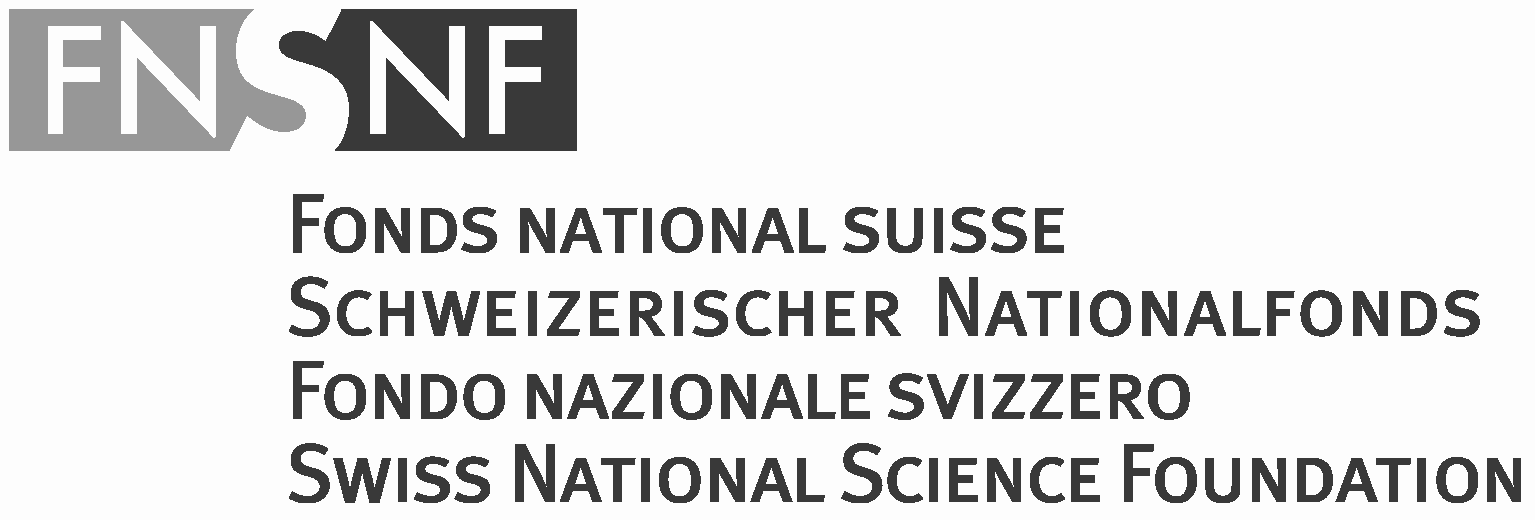SMRE Estimates
Based on the classification of country data quality, the SMRE algorithm proceeds to calculate its final numerical SMRE estimations. The distribution shown as SMRE-estimates originate from different pathways of producing estimates based on the particular level of country data quality.
- Reliable (1) or probably reliable (2): If country data show a high degree of data quality, the algorithm uses a “Mean Value Procedure”, calculating estimates by the average of all data sets available (without any error!) or census data (if available). In case of the percentages of minorities and in case of using the “Mean Value Procedure”, it corrects for the notorious bias in surveys on religious minorities by using expert datasets on these minorities and multiple weighting them according to the number of surveys available. Typically, this improved our estimates on Muslims in particular. Finally, the SMRE automatically rescales the distributions derived from the Mean Value Procedure to 100 percent if necessary.
- Problematic (3): If the data reliability is problematic, the algorithm uses a “Best Data Set” selection command. Apart from the easy to handle case that there is only one data set available, the algorithm needs additional information how to select the best data set. This information was provided by rendering parameters. The parameter values were provided by the SMRE-team after checking out these particular cases in more detail. The used parameters for choosing the “best data set” are (in this order):
- Objective before cultural dimension of religion
- Measurement before estimation
- Coverage of minorities
- Completeness of categories
- Data set in temporal mean of period
- Availability of a country specific expert estimation
- Plausibility of data in comparison with second period (if data quality is better).
All details of the algorithm and its path of decision-making are documented in the appendix of our working paper (Liedhegener / Odermatt 2018).



